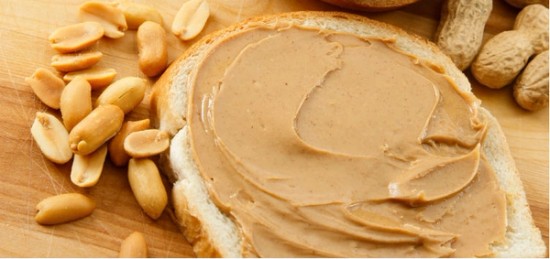Contrary to popular belief, George Washington Carver did not invent peanut butter. He was one of the greatest inventors in American history, discovering over 300 hundred uses for peanuts including chili sauce, shampoo, shaving cream and glue. He was a pioneer in the agricultural world and many refer to him as father of the peanut industry. His innovations also increased the legume’s popularity and made peanuts a staple in the American diet.
The earliest reference to peanut butter can be traced back to the Ancient Incas and the Aztecs who ground roasted peanuts into a paste. However, modern peanut butter, its process of production and the equipment used to make it, can be credited to at least three inventors.
In 1884 Marcellus Gilmore Edson of Canada patented peanut paste, the finished product from milling roasted peanuts between two heated surfaces. In 1895 Dr. John Harvey Kellogg (the creator of Kellogg’s cereal) patented a process for creating peanut butter from raw peanuts. He marketed it as a nutritious protein substitute for people who could hardly chew on solid food. In 1903, Dr. Ambrose Straub of St. Louis, Missouri, patented a peanut-butter-making machine.
The rest, as they say, is history, and there are a variety of peanut butter flavors to choose from and you can use it in recipes from savory to sweet, like Nutty Thai Chicken Slow Cooker Dinner, Peanut Powered Breakfast Cookies and Peanut and Chocolate Cherry Smoothies.
While George Washington Carver didn’t invent peanut butter, his work—along with that of peanut butter innovators Edson, Kellogg and Straub—helped establish peanut butter as the nutritious staple ingredient found in 94 percent of American households today. For more about peanut butter, visit our History section.
